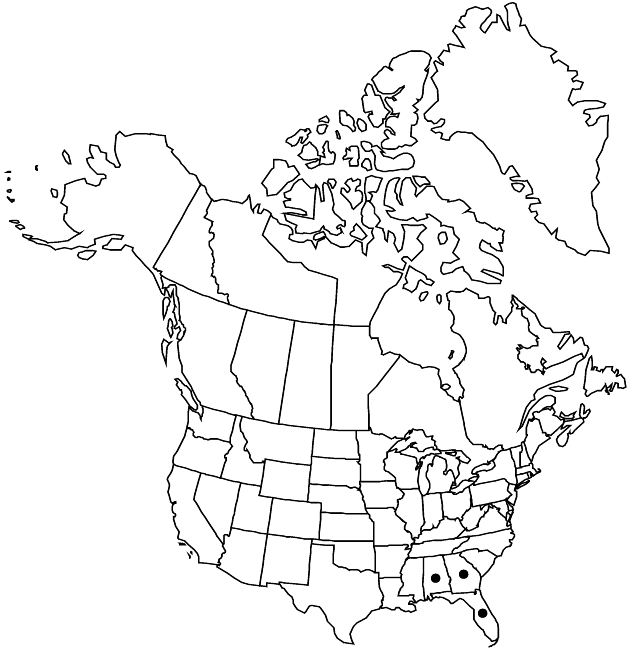Eurybia eryngiifolia
Phytologia 77: 259. 1995.
Plants 30–70 cm; in scattered individuals or small clumps, eglandular; rhizomes short, stout, or strong, woody caudices (roots fleshy). Stems 1–3+, erect, coarse, villous. Leaves strongly basal and cauline, coriaceous, margins indurate, entire to remotely spinose-serrate, remotely and obscurely scabridulous, spines indurate-margined or wholly indurate, finely parallel-veined with evident midnerves, apices acute, revolute, indurate, abaxial faces glabrous; basal and proximal cauline persistent (bases ± marcescent when leaves deciduous), petioles scarcely distinct, blades linear (grasslike), 70–350 × 3–8 mm, adaxial faces glabrous; cauline sessile, blades linear to lance-linear, 15–130 × 1.5–7 mm, progressively reduced and more spinose distally, adaxial faces progressively more villous distally. Heads 1–11+, borne singly or in racemiform arrays, branches ascending to erect, stiff. Peduncles ± densely villous, sometimes sparsely stipitate-glandular distally; bracts 0–7, appressed, lanceolate, bases ± indurate, margins spinose, adaxial faces villous. Involucres campanulo-hemispheric, 9–12 mm, slightly shorter than pappi. Phyllaries 70–140 in 4–5 series, greenish, densely thick-nerved, lanceolate to linear (innermost), unequal, coriaceous, bases indurate and rounded (outer), margins entire, indurate or ± scarious, erose (inner), sometimes sparsely villoso-ciliate, ± densely stipitate-glandular, apices squarrose, green and often purplish-tinged, foliaceous, long-acuminate, adaxial faces villosulous, rarely also sparsely stipitate-glandular. Ray-florets 25–60; corollas white or pinkish, coiling, 10–20 × 1–2.1 mm. Disc-florets 115–260; corollas yellow, 5.5–7 mm, slightly ampliate, tubes shorter than tubular throats, lobes 0.75–1 mm, erect, lanceolate. Cypselae straw-colored, ellipsoid to obovoid, 2–3.5 mm, ribs 11–13 prominent, glabrous; pappi of (ca. 35) orangish tan (coarse, sometimes clavellate) bristles 7.8–8.2 mm, slightly longer than disc corollas.
Phenology: Flowering late spring–midsummer.
Habitat: Low pine flatwoods, pine savannas, bogs, often on wet sand, on southern coastal plains
Elevation: 0–100 m
Distribution

Ala., Fla., Ga.
Discussion
Eurybia eryngiifolia is known from the Florida panhandle and adjacent areas of southern Georgia and Alabama. The species is of conservation concern in Alabama.
Selected References
None.
Lower Taxa
"[" is not declared as a valid unit of measurement for this property."]" is not declared as a valid unit of measurement for this property.